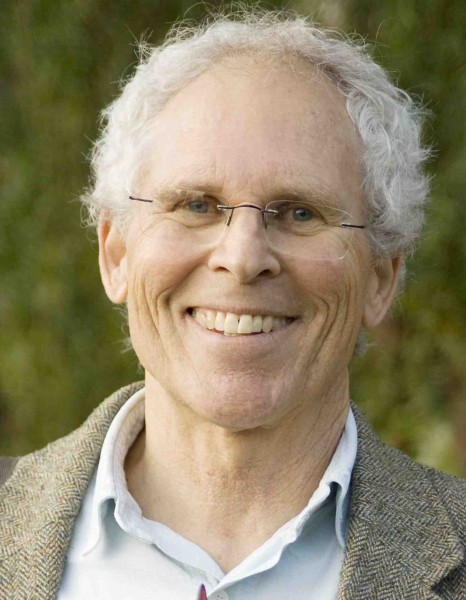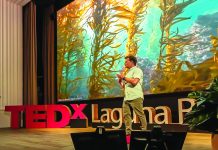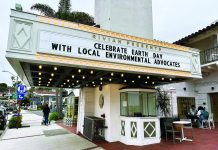
By Tom Osborne
Having had a root canal recently, I’m eternally grateful for the modern era of Novocain and whatever else my dentist injected into my mouth for pain relief. For numerous reasons, I seldom fantasize about living in some past golden age.
That said, while attending a December lecture by art historian Jean Stern, a Curatorial Fellow at the Laguna Art Museum (LAM), I found myself pining to have lived in an earlier time before our predecessors paved over or grotesquely disfigured an environment that artists have shown to have been a paradise, especially in California.
Paintings by Thomas Hall (1880) and William Keith (1908) of a sublime Hetch Hetchy Valley before it was converted into a reservoir underscores the point.
Ditto for La Jolla Cove before high-rises and other development followed. Stern’s slide of William Wendt’s classic painting “Old Coast Road,” juxtaposed against a photograph of today’s Coast Highway caused me to have pangs of remorse for the paradise despoiled by one building project after another along our Laguna coast. Numerous other slides of Wendt’s earlier renderings of our town and Crystal Cove as well as several slides of Joseph Kleitsch’s early Laguna masterpieces affected me similarly. The paving of paradise has gone fitfully on, yet until we see paintings and photographs comparing then and now, we are scarcely aware of what has happened. By showing audiences art works documenting the environmental changes occurring over the past century, Stern is like an ophthalmologist who removes gauzy cataracts from our eyes so we can more clearly see the impacts of largely unbridled growth.
According to Stern, Joan Irvine Smith, of the Irvine Company family, saw clearly the trajectory of development’s impacts on picturesque areas of Orange County and collected and displayed art works to show the public the environmental beauty lost to bulldozers, lost to “progress,” lost to what one developer friend of mine told me was “community-building.” To Stern, Ms. Smith and a pantheon of plein air painters and photographers have served as environmental partners and advocates by showing the impacts of the built environment on areas of unspoiled beauty, like parts of the Laguna Greenbelt.
After listening to the lecture, I thought about what remains of our county’s coastline after the movie set erected at early twentieth-century Crystal Cove and the defeated plan for a large hotel there, the boat harbor and breakwater constructed at Dana Point in the late 1960s, and the hugely envisioned and then largely down-sized Koll Real Estate Group housing development in 1990s Bolsa Chica.
While there remains much of nature to marvel at, plein air paintings and photographs give us a glimpse of what artists saw at a given site and time of day, showing us what we’ve lost to live more comfortably and with greater mobility.
At the same time William Wendt’s painting of the bridge crossing Aliso Creek speaks powerfully to me about what might be gained environmentally by restoring the estuary that once existed there. I’ve heard officers with the Laguna Ocean Foundation, which has been working with the City on estuary restoration plans, similarly attest to being inspired by artistic renderings of that site more than a half century ago.
Laguna Art Museum, particularly through its Art & Nature program, brings us the paintings and other art works that define and identify our town as a home to environmental treasures. While I’m unwilling to return to a more environmentally pristine (pre-Novocain) era, I applaud Laguna’s famed plein air artists and LAM for playing an instrumental role in reminding us of the natural endowments that more than all else make this town what it is.
Tom Osborne is an environmental historian and author of several books. With his wife, Ginger, he co-leads the Laguna chapter of Citizens’ Climate Lobby. [email protected].




